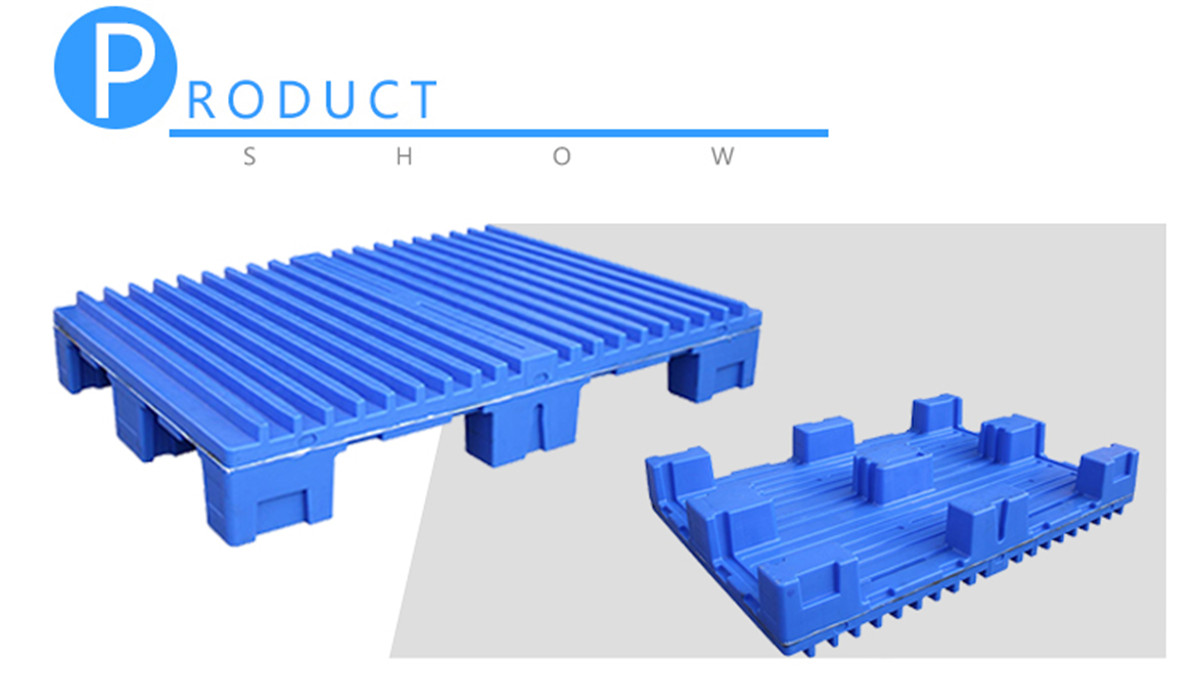Packaging pallets used in printing serve a fundamental purpose. They not only protect printed materials from damage but also facilitate their safe and systematic transportation. Thus, it is essential to recognize that pallet packaging is much more than merely stacking items together on a wooden platform. As a meticulous process, it demands attention to detail, strategic planning, and adherence to industry standards.
In today’s fast-paced and competitive business world, efficient and effective logistics play a crucial role in the success of any enterprise. From manufacturing to distribution, each stage of the supply chain requires careful attention to detail. One vital aspect that often goes overlooked is the packaging of pallets for printing. This blog post aims to shed light on this often underappreciated process and highlight its importance in ensuring a seamless journey from production to delivery.
Choosing the Right Materials:
Selecting the appropriate materials for packaging pallets is paramount. Cardboard boxes, stretch wrap, straps, and pallet shrink bags are some commonly used packaging materials. Each has its advantages depending on the specific requirements of the industry and the nature of the printing materials. For instance, stretch wrap offers outstanding stability and flexibility, while pallet shrink bags provide excellent protection against dust, moisture, and tampering.
Applying the Right Techniques:
Once the appropriate materials have been chosen, it is essential to employ the right techniques to ensure a secure and stable pallet for printing. Firstly, arranging the materials in a way that maximizes the pallet’s stability can prevent unnecessary movement during transit. Additionally, using corner boards and edge protectors can further enhance the stability and structural integrity of the pallet.
Ensuring Proper Labeling:
Proper labeling is a crucial step in packaging pallets for printing. Implementing clear and accurate labeling ensures that the contents can be easily identified by the end-users or recipients. Labels should include relevant information such as product name, quantity, manufacturing date, and serial numbers. This allows for efficient inventory management, easy identification of damaged or compromised products, and improved traceability.
Considerations for Sustainability:
Packaging pallets for printing should not only focus on safety and efficiency but also consider sustainability. Initiatives such as using recyclable or biodegradable packaging materials and optimizing pallet dimensions to minimize waste can significantly contribute to environmental conservation. Additionally, advanced technologies like load optimization software can help reduce carbon emissions and optimize transportation efficiency.
Collaboration within the Supply Chain:
To optimize packaging pallets for printing, effective collaboration within the supply chain is crucial. Communication between manufacturers, printers, logistics partners, and end-users is necessary to align packaging requirements, minimize any potential damages, reduce costs, and improve overall efficiency. By working together, stakeholders can identify room for improvement, implement best practices, and ensure a smooth and seamless journey for printed materials from production to delivery.
Packaging pallets for printing is an integral part of the overall supply chain process. By choosing the right materials, employing proper techniques, ensuring proper labeling, considering sustainability, and promoting collaboration, businesses can enhance the safety, efficiency, and sustainability of the entire printing process. Remember, small improvements in packaging can yield substantial benefits, both for the businesses involved and the environment. So, let us acknowledge the art of packaging pallets for printing and strive for excellence in this often-overlooked aspect of our operations.
Post time: Nov-23-2023

